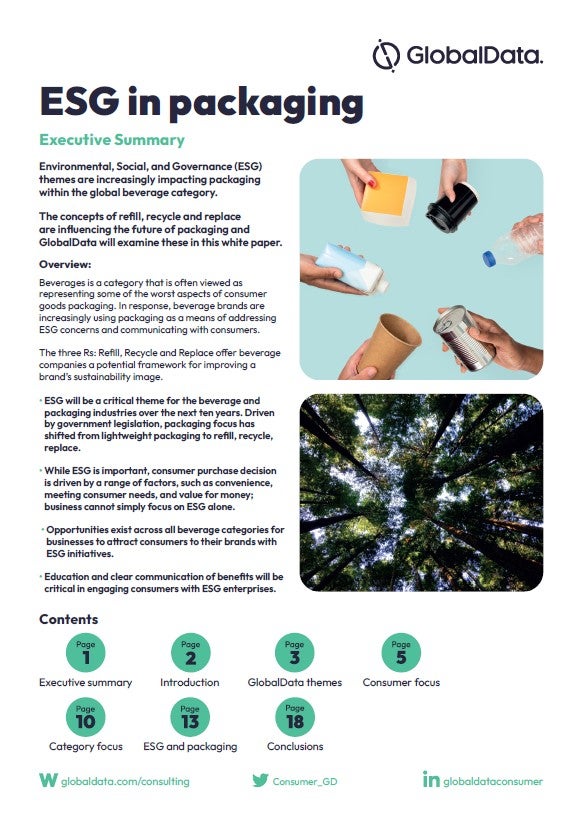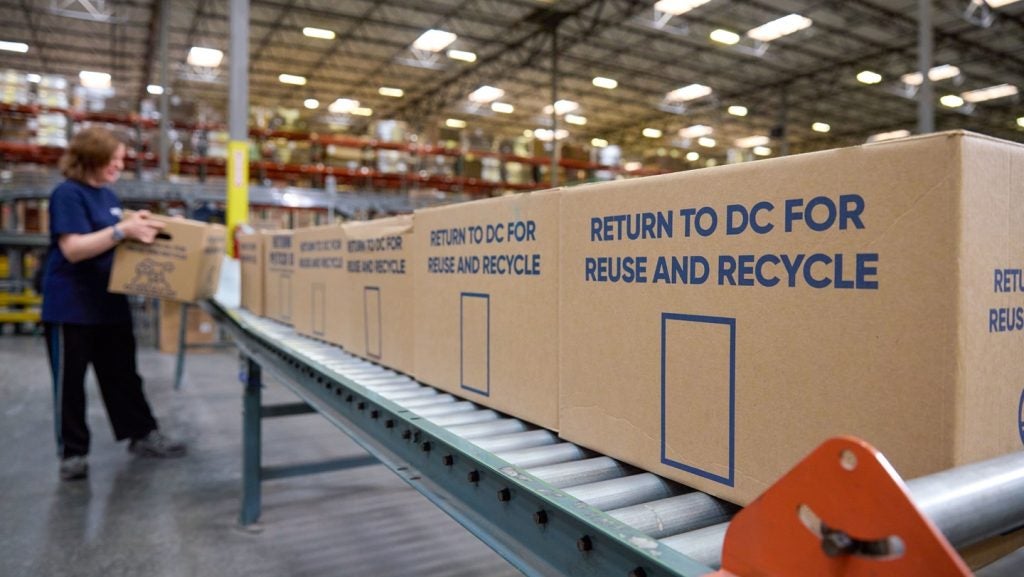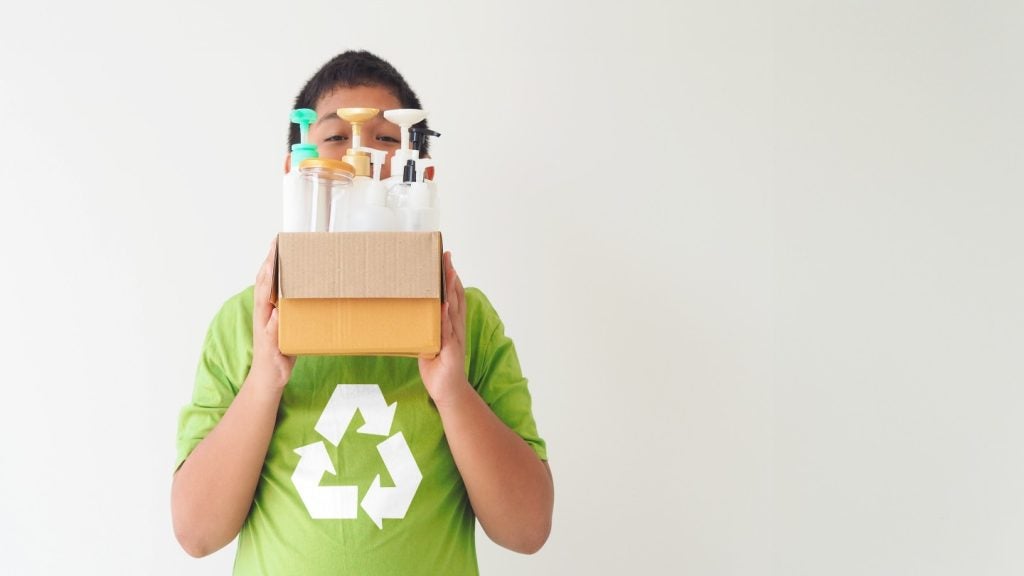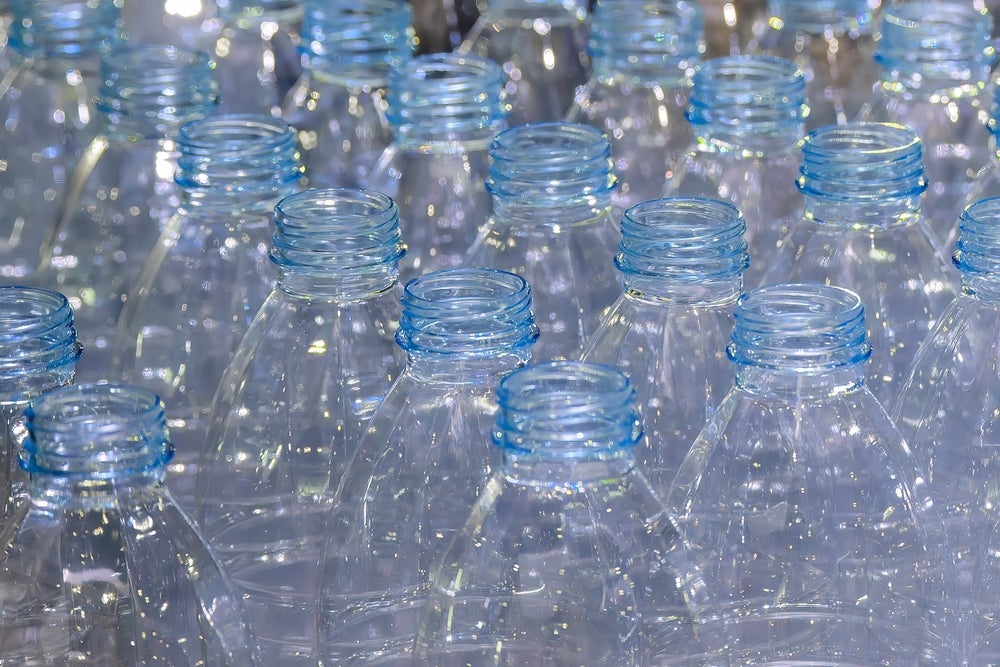
Better Earth, a compostable foodservice packaging provider based in Atlanta, Georgia, US, is striving to make sustainability and regenerative circularity achievable within the foodservice industry through the adoption of compostable packaging.
Its vice-president of sustainability Savannah Seydel tells Packaging Gateway that while the widespread adoption of compostable foodservice packaging isn’t without its obstacles, the future looks bright.
How well do you really know your competitors?
Access the most comprehensive Company Profiles on the market, powered by GlobalData. Save hours of research. Gain competitive edge.

Thank you!
Your download email will arrive shortly
Not ready to buy yet? Download a free sample
We are confident about the unique quality of our Company Profiles. However, we want you to make the most beneficial decision for your business, so we offer a free sample that you can download by submitting the below form
By GlobalDataAccelerating sustainable foodservice packaging
The global foodservice sector has a forecasted compound annual growth rate of 7% by 2027 and packaging is playing a crucial role in this growth.
Companies are hastening to adapt their packaging materials and formats to meet evolving sustainable regulations and consumer expectations.
For a sector that has historically relied heavily on single-use packaging made from harmful materials such as plastic, foodservice providers face the mammoth challenge of entirely rethinking packaging as they know it.
Food-contact-certified compostables – a critical catalyst
Seydel emphasises that the global foodservice industry is facing two main crises: food waste and climate change.
“Roughly one-third of the world’s food is wasted per year, contributing to nearly 60% of municipal landfills’ uncontrolled methane emissions. Add to this the emissions associated with continuing to depend on petrochemicals for single-use items, like foodservice packaging, and one can quickly see the snowball effect on our environment,” she explains.
Seydel believes that food-contact-certified compostable packaging can serve as a critical catalyst to turn the tide.
However, she also recognises that eliminating single-use disposable packaging from the foodservice supply chain is unrealistic given the industry’s fast-paced operations.
“Wherever single-use packaging must be used, we can divert more food and packaging waste away from landfills and back into our soil that so desperately needs it through compostables,” says Seydel.
She points out that policy remains another critical tool to drive the foodservice industry’s plastic-free transition.
In the US, the term “compostable’ is legally binding”. Any item marketed as such must meet the American Society for Testing and Materials D6400 standard, which guarantees the product will break down in a commercial composting environment within 90 to180 days and leave no toxicity in the soil.
Nine US states have introduced Extended Producer Responsibility (EPR) legislation thus far. Washington operates a mandated organics collection programme, while California implemented a kerbside composting law known as SB1383 in 2022, aiming to achieve a 75% reduction in organic waste going to landfill by 2025.
If the US continues to pass such legislation for the nation’s foodservice industry, it could join other global leaders such as Australia in the compostable revolution.
Consumer education is crucial
Consumers are more conscious than ever about the environmental and health implications of plastic production and pollution.
But this awareness is hindered by confusing messaging, particularly around compostable packaging.
“Marketing and terminology have begun to read like the nutrition label on processed foods: vague, confusing, or simply chemical,” laments Seydel.
Such confusion means that even the most well-intentioned consumers are left swimming through a sea of language as they decipher what is truly compostable, what is recyclable, or what will become waste going to a landfill.
For compostable packaging to be successful in its mission to divert food waste and packaging from landfill, third-party certification and clear, standardised labelling is necessary.
Seydel highlights the Biodegradable Products Institute (BPI) certification programme as providing clear guidelines for assessing the compostability of packaging materials. Better Earth has achieved BPI certification for its products, which include compostable catering trays, cutlery and touch-free dispensers.
Clear standardised labelling ensures that all stakeholders handling packaging, from operators to consumers and composters, can readily identify and differentiate compostable packaging from greenwashing alternatives and ensure proper disposal and processing.
Even once a consumer has done their part, the efficacy of compostable packaging remains a point of uncertainty due to the inadequacy of global infrastructure, ultimately negating the environmental benefits.
If composting facilities can adhere to reasonable operational parameters such as turning, agitation and maintaining moisture levels above 50%, compostable packaging can disintegrate effectively.
For Better Earth’s research and development, Seydel explains that the company engages its network of partner composters to “regularly test our packaging in field environments and get stakeholder feedback on packaging design. We are also always striving to employ innovative substrates that support faster disintegration, regenerate the soil and sequester carbon at the source.”
What lies ahead for foodservice packaging
Compostable packaging can continue to leverage rapidly renewable, natural materials and upcycled waste from other agricultural industries, such as sugarcane bagasse.
Seydel states that the next generation of compostable packaging “goes a step beyond to utilise regenerative substrates like native perennial grasses which comprise Better Earth’s Farmer’s Fiber line, or seaweed and mycelium that follow regenerative agricultural methodologies to naturally sequester carbon, replenish the soil and nurture local economies.”
The foodservice industry is also increasingly looking to packaging for decarbonisation initiatives.
Better Earth has debuted its Climate Smart Packaging Program, which aims to draw down the carbon footprint of its packaging across its lifecycle, from sourcing to production and utilisation to disposal. The programme encompasses rigorous ISO [International Organization of Standardization]-compliant life cycle assessments, the development of a carbon reduction plan, and carbon offsets for remaining unavoidable emissions.
Another key trend Seydel identifies is production efficiency. “Customers and manufacturers alike are developing goals to further reduce the environmental footprint of packaging through lightweighting, removal of unnecessary components and parts, and more efficient nesting and case packs.”
Outside of environmental concerns, consumers are also becoming aware of mounting research that has called into question the safety of “forever chemicals” used in foodservice packaging, such as per and polyfluorinated alkyl substances (PFAS).
While consumers have come to expect a certain degree of oil and grease resistance in packaging due to the prevalent use of PFAS across consumer goods, fluorinated chemicals have been identified in water supplies and bloodstreams and studies have connected PFAS exposure to several health issues.
Seydel indicates that although fears around PFAS have led to packaging innovations and more consumer options, a lack of federal regulation in the US is a major barrier.
“Consumers should look for the BPI logo on compostable packaging, which indicates the packaging is third-party verified to not have any intentionally added fluorine chemistry and breaks down in a commercial composting environment.”
If manufacturers, foodservice companies, consumers and composting facilities can work together across the value chain, compostable packaging will be a boon to the future of foodservice.








